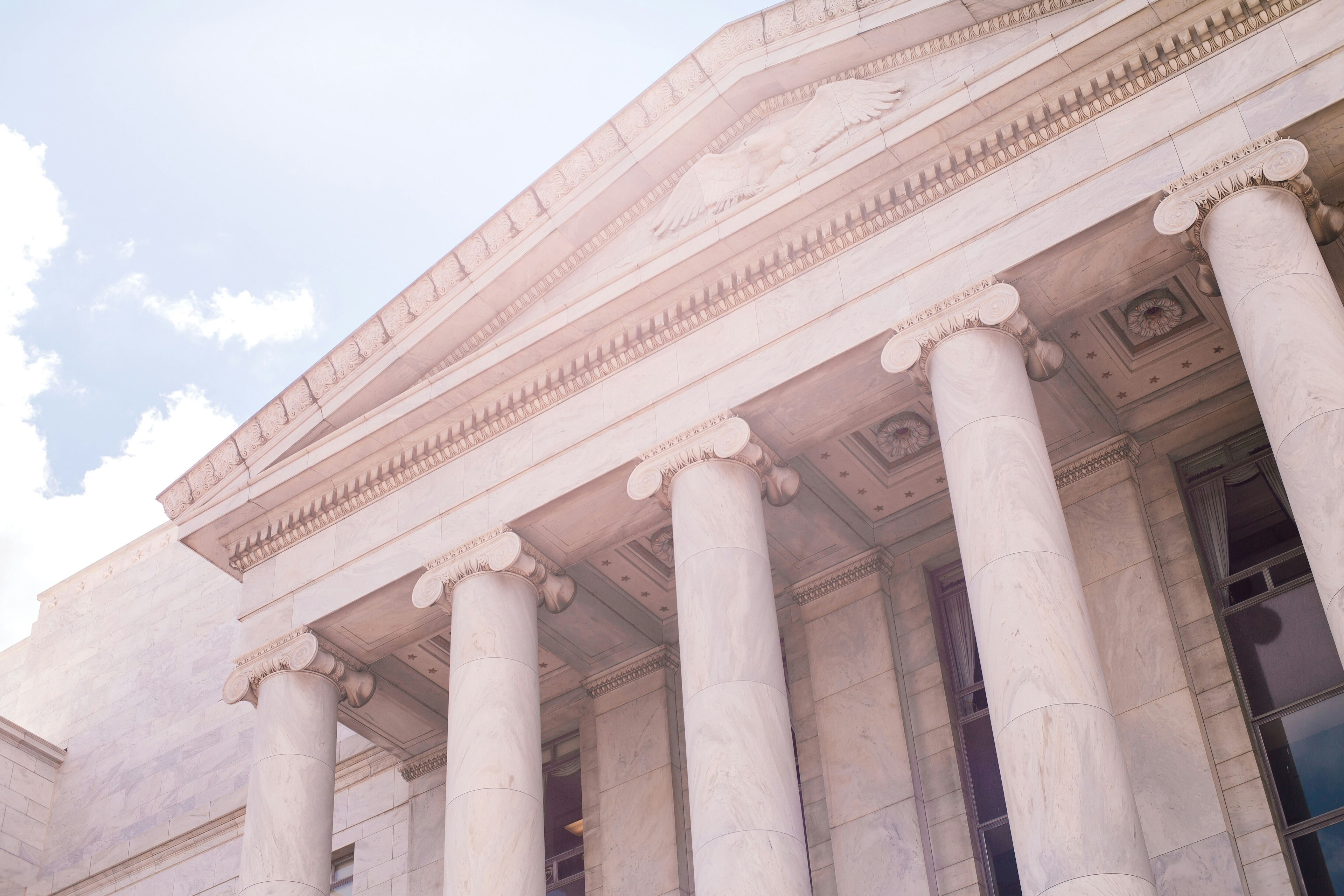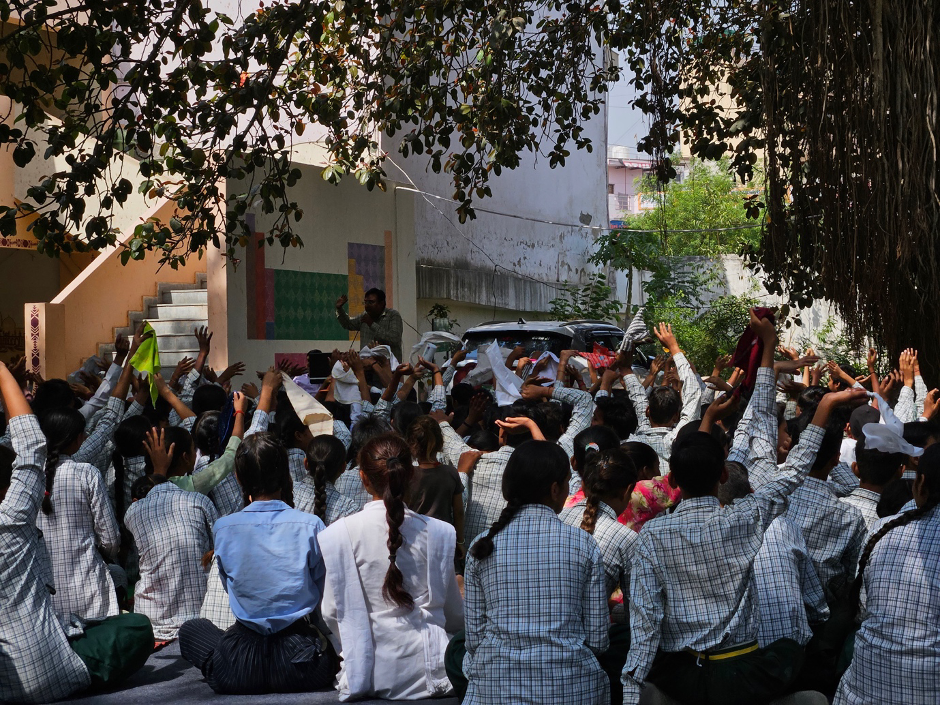How can the world boost efforts to end child labour in 2021?

Experts include Cornelius Williams, Associate Director of Child Protection at UNICEF Image: REUTERS/Thomas Mukoya
- 2021 marks the International Year for the Elimination of Child Labour.
- Although numbers have dropped since 2000, there are still around 152 million children forced to work.
- Many experts fear that progress could be reversed by the economic impact of the COVID-19 pandemic.
- Here, experts from child welfare organizations and others discuss how the world can eliminate child labour for good.
- Strategies include more comprehensive social protection and easier access to credit for poor households.
The world is set to boost efforts to stop children working as 2021 marks the International Year for the Elimination of Child Labour, amid concerns that COVID-19 has fuelled the practice.
The resolution by the 193-member United Nations General Assembly (UNGA) aims to increase awareness and spur action to end child labour worldwide by governments and other actors.
The number of child labourers worldwide has dropped significantly to 152 million children from 246 million in 2000, according to the U.N. International Labour Organization (ILO).
But the coronavirus pandemic could reverse two decades of work to combat the practice, and jeopardise a U.N. global goal of ending child labour in all forms by 2025, the ILO has warned.
Children who were already working before the pandemic may now be facing longer hours and worse conditions, while others could be forced to work by families struggling to survive the economic downturn, according to several experts and campaigners.
The Thomson Reuters Foundation spoke to leading anti-child labour organisations and advocates about how the world can turn a year of commitment into one of concrete action on the ground.
Jo Becker, Children's Right Advocacy Director, Human Rights Watch
"The choices that governments make now are crucial. They can both lessen the worst impacts of the crisis on children in the short term and set children up for success in the long term.
A critical step that governments can take is to get children back into school as soon as possible once COVID-19 is under control. Authorities should follow up individually with children who do not show up for classes and try to re-engage them.
Governments and donors also need to help vulnerable families directly to address the financial distress that sends children to work. Regular cash transfers to poor families can help them meet their basic needs without resorting to child labour."
Cornelius Williams, Associate Director of Child Protection, UNICEF
"COVID-19 has further highlighted how the most vulnerable children are exposed to exploitation during pandemics, including being forced into child labour.
This must be the warning sign for governments, civil society and U.N. agencies to step up and prioritise strategies to eliminate child labour.
We are calling for more comprehensive social protection, easier access to credit for poor households, the promotion of decent work for adults, measures to get children back into school, increased investments in social services, and more resources for labour inspections and law enforcement."
David Westlake, CEO, International Justice Misison (IJM) UK
"Successfully eliminating child labour will require local governments to be resourced and committed to enforcing the laws that protect children.
We hope the UNGA declaration leads to greater investment by national governments, donor nations, and international organisations in increasing the capacity for countries around the world to investigate and suppress the worst forms of child labour, and to hold those who exploit children accountable.
In recognising the persistent scourge of child labour in 2021, we have the opportunity to integrate policies and programmes that will protect children from violence and exploitation into COVID-19 recovery plans."
Victor Sande-Aneiros, writer and editor, Child Rights International Network (CRIN)
"We would like to see eradicated all forced, exploitative and harmful work carried out by anyone of any age.
However, for children and adolescents who work in a capacity that doesn't amount to forced, exploitative and harmful labour, we would like to see their work recognised as such, for them to be granted the same labour rights and protections as any worker, and for their work to be regulated to prevent violations.
Child labour unions have for years been calling for labour rights and protections to be extended to them. We would also like to see members of child labour unions invited to global conferences on so-called child labour."
Alison Sutton, Global Director of Child Protection, Save the Children
"If we want to see results on the ground, we're going to need real support for communities, including families, local leaders, and employers, as they all have an extremely important role in preventing child labour.
There's been a huge impact on schools closures for this generation, causing the biggest education emergency in history.
The knock-on effects can be deep and long lasting, and the world needs to put education at the very heart of global recovery efforts.
Local communities can help to identify the children and families most at risk, while governments need to make this a priority and invest in child-focused programs to protect them."
Rose Caldwell, CEO, Plan International UK
"We are at a critical juncture in the fight against child labour. The COVID-19 pandemic is hitting household incomes hard, meaning that global poverty and food insecurity is rising.
The poorest and most marginalised are worst affected and a growing number of children are being forced to work to support their families.
Girls are especially vulnerable; they are the first to be denied their right to an education, or to suffer the triple burden of housework, schoolwork and work outside of the home.
We urge those in power to engage girls, youth groups, and current and former child labourers throughout the process. Only by listening to those affected can we create a world where every child has the right to a safe education."
Don't miss any update on this topic
Create a free account and access your personalized content collection with our latest publications and analyses.
License and Republishing
World Economic Forum articles may be republished in accordance with the Creative Commons Attribution-NonCommercial-NoDerivatives 4.0 International Public License, and in accordance with our Terms of Use.
The views expressed in this article are those of the author alone and not the World Economic Forum.
Stay up to date:
Education, Gender and Work
Related topics:
Forum Stories newsletter
Bringing you weekly curated insights and analysis on the global issues that matter.
More on Youth PerspectivesSee all
Christie Burley and Inés Yábar
November 5, 2025







